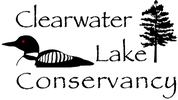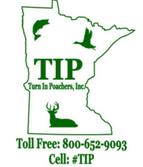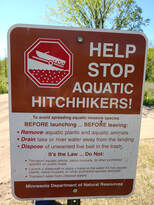|
It has become a concern that the increasing number of Invasive Rusty Crayfish might be having a significant impact on our native vegetation. With the only know solution is trap and remove, the Lake Association Board purchased and distributed free Crayfish traps at our 2019 Annual Meeting.
How to Peel
First be careful, these little bright red shellfish will be hot right out of the water. But don’t worry; the meat is good hot or cold
How to Store Leftovers
Recipes!There are recipes all over the internet. But check out these sites:
|


